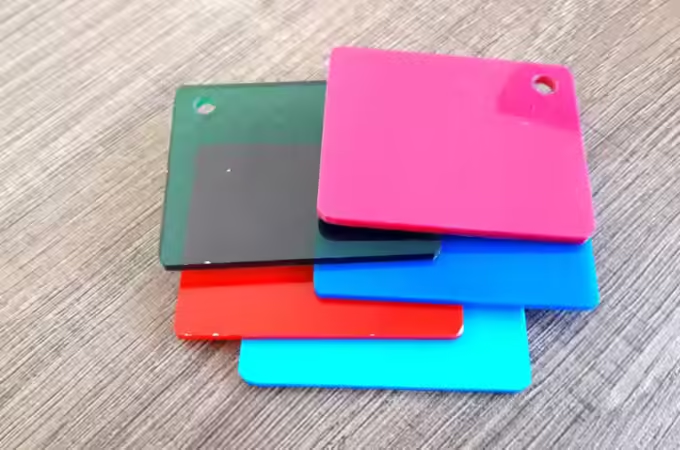
The Ultimate Guide to Choosing the Right Submersible Pump for Your Fountain
Creating a tranquil fountain in your backyard or garden is a project that promises both aesthetic pleasure and a serene ambiance. The heart of this watery oasis is the submersible pump, a device that is often out of sight and out of mind but is crucial for keeping the water flowing. Choosing the right submersible pump is not just a matter of buying the first one you see on the shelf; it requires consideration of several factors to ensure functionality, efficiency, and longevity. In this comprehensive guide, we will walk you through the essentials of selecting the ideal submersible pump for your fountain.
Table of Contents
ToggleUnderstanding Submersible Pumps
Before you purchase fountain pumps submersible, it’s essential to understand what submersible pumps are and how they work. These pumps are designed to operate underwater, pushing water to the surface to create the flow vital for any fountain’s operation. They come in various sizes, shapes, and powers, and choosing the wrong one can lead to inadequate water flow, excessive energy consumption, or even equipment failure.
Assessing Your Fountain’s Requirements
- Volume of Water: The first step in choosing a submersible pump is to determine the amount of water your fountain will hold. This will influence the flow rate you’ll need, usually measured in gallons per hour (GPH). A general rule is that the water in a basic fountain should recirculate every two hours. So, if your fountain holds 100 gallons, you’ll need a pump that can handle at least 50 GPH.
- Head Height: The head height is the vertical distance from the water’s surface to the highest point the pump will need to lift the water. You need a pump powerful enough to push water to this height. Manufacturers usually provide a chart that shows the flow rate at various heights. Remember, as the height increases, the flow rate decreases.
- Nozzle or Water Feature: If your fountain has a special nozzle or water feature, such as a sprayer or spitter, it may require a higher flow rate. Check the specifications of the feature to ensure the pump can provide the necessary pressure.
- Hose Diameter: The diameter of the tubing that carries water from the pump to the top of the fountain also affects the choice of pump. A wider hose reduces resistance and requires a less powerful pump to achieve the same flow rate as a narrower hose.
Choosing the Right Pump
- Submersible Pump Types: There are several submersible pumps, including direct drive, magnetic drive, and solar-powered. Direct drive pumps are powerful and suitable for larger fountains with higher head heights. Magnetic drive pumps are more energy-efficient and quieter, ideal for smaller, more tranquil settings. Solar-powered pumps are the most eco-friendly option, but their performance depends on sunlight availability.
- Adjustable Flow: Some pumps come with an adjustable flow rate, which can be particularly handy if you like to alter the water flow or are still fine-tuning your fountain design.
- Energy Efficiency: Look for a pump with good energy efficiency, especially if you plan to run your fountain continuously. An energy-efficient pump can significantly reduce long-term operating costs.
- Durability and Warranty: Ensure the pump is made of high-quality, corrosion-resistant materials suitable for continuous use. Also, check the warranty period; a longer warranty can indicate the manufacturer’s confidence in their product.
Installation and Maintenance

- Ease of Installation: Choose a pump that is easy to install and has clear instructions. It should fit comfortably in the designated space in your fountain.
- Accessibility for Maintenance: Regular maintenance is vital for the longevity of your pump. Ensure that you can easily access the pump for cleaning and that your chosen model has easily replaceable parts.
Safety and Additional Features
- Electrical Safety: Safety is paramount when dealing with water and electricity. Your pump should have a grounded plug connected to a ground fault circuit interrupter (GFCI) outlet.
- Additional Features: Some pumps come with extra features like LED lighting, timers, or remote controls, which can enhance the functionality and appearance of your fountain.
Conclusion
Selecting the right submersible pump for your fountain can distinguish between a tranquil garden feature and a troublesome one. It’s about understanding your fountain’s specific needs and finding a pump that matches those requirements regarding power, efficiency, and style. By taking the time to research and select carefully, you ensure that your fountain operates smoothly, offering endless hours of peace and beauty to your outdoor space.
Remember, your fountain’s pump is its heartbeat. The time and effort you invest in choosing the right one will pay dividends in the tranquil moments you’ll enjoy with your water feature. Whether listening to the gentle cascade of water while reading a book or admiring the reflection of the stars on the still surface at night, a well-chosen pump makes it all possible. With this ultimate guide, you’re now equipped to make an informed decision to bring your fountain to life in the most enchanting way possible.





